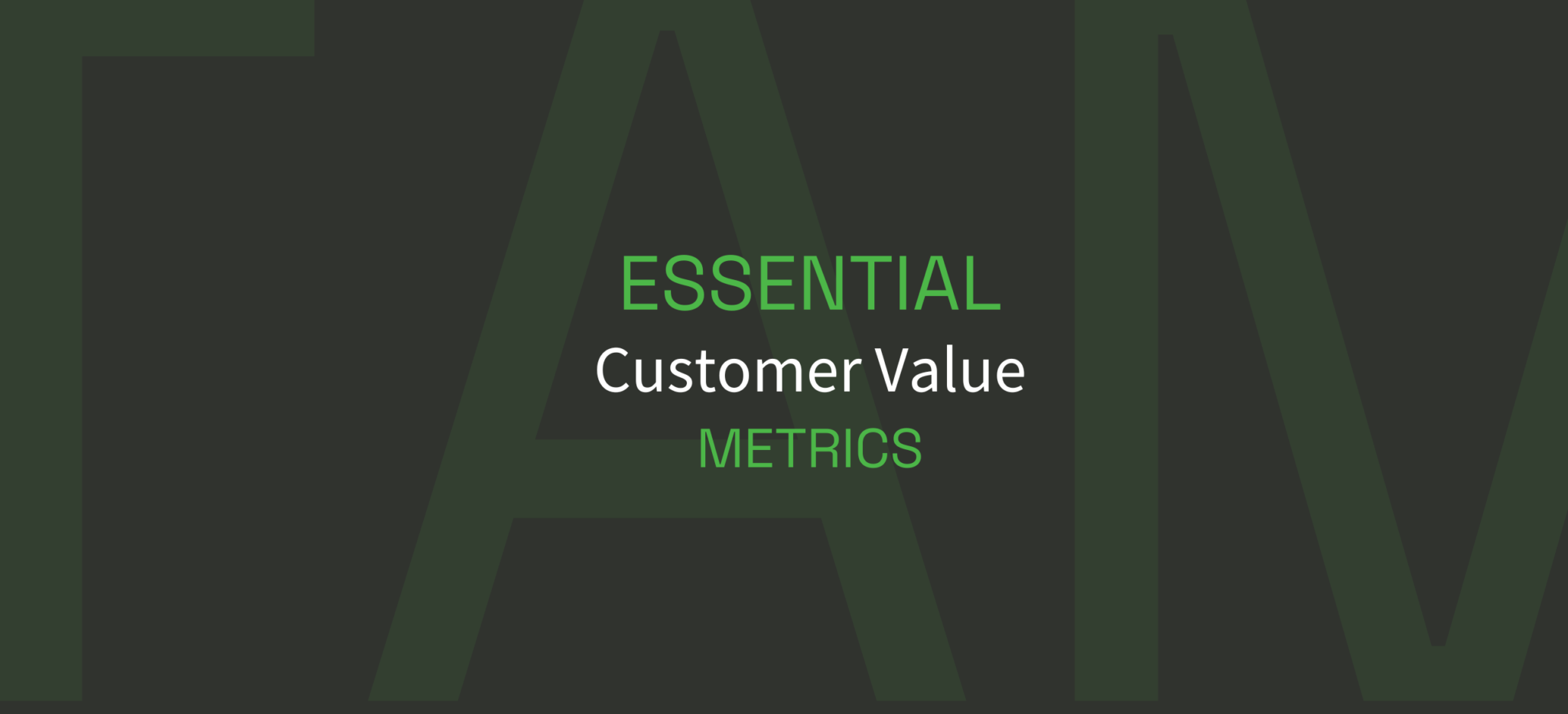
Essential Customer Value Metrics Every SaaS Company Should Track
SaaS growth is not just about acquiring more users; it’s about understanding and maximizing the value these users bring over time. Customer Value Metrics help you gauge how deeply your customers integrate your product into their daily workflows, how much revenue they’re generating, and how satisfied they are with your solution.
Throughout this article, we’ll dive into different Customer Value Metrics, show you how platforms like HubSpot can provide richer data via analytics, and explore how API integrations simplify your measurement processes. With actionable insights, you’ll be empowered to refine your offerings, extend customer lifetime value, and boost your bottom line.
Why Customer Value Metrics Are Crucial
Customer Value Metrics serve as an antidote to vanity metrics like page views or follower counts. While vanity metrics look good on paper, they don’t necessarily reflect meaningful engagement or revenue. On the other hand, Customer Value Metrics highlight the quality of your user relationships by focusing on retention, upsells, referrals, and more.
Tracking these metrics gives you the power to:
Identify High-Value Segments: Target your best customers for upselling or reward programs.
Predict Churn Before It Happens: Spot downward trends in engagement to intervene early.
Shape Product Roadmaps: Understand what features drive the most usage or revenue.
Remember: The entire SaaS business model relies on recurring revenue. Failing to pay attention to Customer Value Metrics can result in customers quietly slipping away without you noticing.
Key Customer Value Metrics to Watch
Monthly Recurring Revenue (MRR)
This is the lifeblood of your SaaS. MRR is the predictable revenue you collect each month. Understanding MRR—especially how it changes due to expansions, contractions, and churn—is essential for financial planning.
Customer Lifetime Value (LTV)
Your LTV is the projected revenue a customer will bring over the entire duration of their relationship with you. When you pair LTV with the cost to acquire a customer, you get a clear sense of profitability.
Net Promoter Score (NPS)
NPS measures how likely a customer is to recommend your service. While not strictly financial, it’s a powerful barometer of customer satisfaction and brand advocacy.
Engagement Score
Track how often and how deeply your customers use your platform. High engagement often correlates with longer retention and a higher willingness to upgrade.
Average Revenue per User (ARPU)
ARPU tells you how much each user or account is worth on average. It’s a straightforward way to see if you’re attracting customers who bring greater value over time.
Tracking Customer Value Metrics holistically provides a more accurate picture of company health than looking at them in silos.
Leveraging HubSpot Analytics for Real-Time Tracking
HubSpot analytics delivers a 360-degree view of your customers by combining marketing, sales, and service interactions. Imagine being able to trace which marketing campaigns yield the most valuable users in terms of LTV or ARPU. Through HubSpot’s dashboards and reports, you can:
Measure MRR trends
Segment customers by usage frequency
Track NPS through automated surveys
One compelling story from HubSpot’s case studies involves a SaaS firm that improved its ARPU by 20% in under a year by using segment-specific workflows. After identifying their top-spending customers via HubSpot analytics, they developed specialized educational content for these customers, leading to feature adoption and account upgrades.
Turning Data into Action
Collecting data on Customer Value Metrics is just step one. The real impact comes from transforming insights into strategic decisions. For instance:
If your NPS dips suddenly, investigate root causes—maybe it’s a new feature that needs refinement.
If your MRR stagnates, analyze your renewal rates. Are too many customers churning after a certain time?
If your Engagement Score is low, consider in-app tutorials or more user-friendly onboarding.
Armed with HubSpot analytics, you can tag and segment customers, then run targeted campaigns to boost engagement and satisfaction.
API Integrations: Making Your Metrics Flow
To get a full view of your Customer Value Metrics, you’ll likely need data from multiple sources—payment platforms, product usage analytics, support software, and more. At Tayb we specialize in creating API integrations with HubSpot that seamlessly unify these different data streams. Rather than juggling multiple dashboards, you can consolidate all your metrics within HubSpot.
This integration ensures:
Real-Time Updates: No more stale data or manual imports.
Consistent Metric Definitions: Everyone in your company uses the same data points.
Enhanced Reporting: You can segment MRR, LTV, or ARPU by product tiers, geographies, or industries.
When data is centralized, your team can focus on what matters: analyzing and improving Customer Value Metrics, rather than wrangling spreadsheets.
Common Pitfalls and How to Avoid Them
Overlooking Churn: Even if you’re raking in new subscribers, high churn can wipe out your gains. Track churn in conjunction with MRR to spot red flags.
Ignoring the Customer Journey: Customer Value Metrics aren’t limited to revenue. Engagement and advocacy (NPS) paint a clearer story of relationship health.
Failing to Act on Insights: Data is only as good as the decisions it informs. Be prepared to pivot quickly when metrics indicate a shift is needed.
By sidestepping these common mistakes, you’ll maximize the return on effort and capital you invest in Customer Value Metrics.
Future-Proofing Your SaaS with Data
Tomorrow’s successful SaaS leaders won’t just gather data; they’ll leverage it in near real-time to shape user experiences. Tools like HubSpot analytics provide an agile framework to spot emerging trends, capitalize on upsell opportunities, and cultivate a loyal customer base. You can further automate and scale these insights across all departments.
Customer Value Metrics are the heartbeat of your SaaS company. By focusing on MRR, LTV, ARPU, NPS, and engagement, you’ll gain a multi-dimensional understanding of how customers interact with and benefit from your product. Pair these metrics with HubSpot analytics for immediate, actionable insights, and lean on robust API integrations to unify your data sources.
Ready to harness the full power of Customer Value Metrics? Contact Ale, our HubSpot specialist at Tayb.sa, to discuss how API integrations and HubSpot’s analytics suite can put you on the path to sustained growth and customer success.
Drop us a line here, and let’s understand how we can help you.
Similar articles you might be interested in

Using the TAM SAM SOM Calculator: Defining Your SaaS Market Strategy
Saas success is not just about acquiring new customers it’s about understanding the long-term financial What is the TAM SAM SOM Calculator in Saas? The TAM SAM SOM calculator is a powerful model that helps businesses define and size their...

Benchmarking Your SaaS Gross Margin: Industry Standards and Best Practices
Have you ever wondered why some SaaS companies excel financially while others struggle to keep their heads above water? A major part of this disparity lies in how they manage and understand their SaaS gross margin benchmarks. “Gross margin is...

What is the Serviceable Available Market and How It Impacts Your SaaS Strategy
In the competitive realm of Software as a Service (SaaS), pinpointing your Serviceable Available Market (SAM) can lead to remarkable strategic pivots that drive success. Picture a scenario where a fledgling SaaS company, specializing in financial analytics, launched with a...
